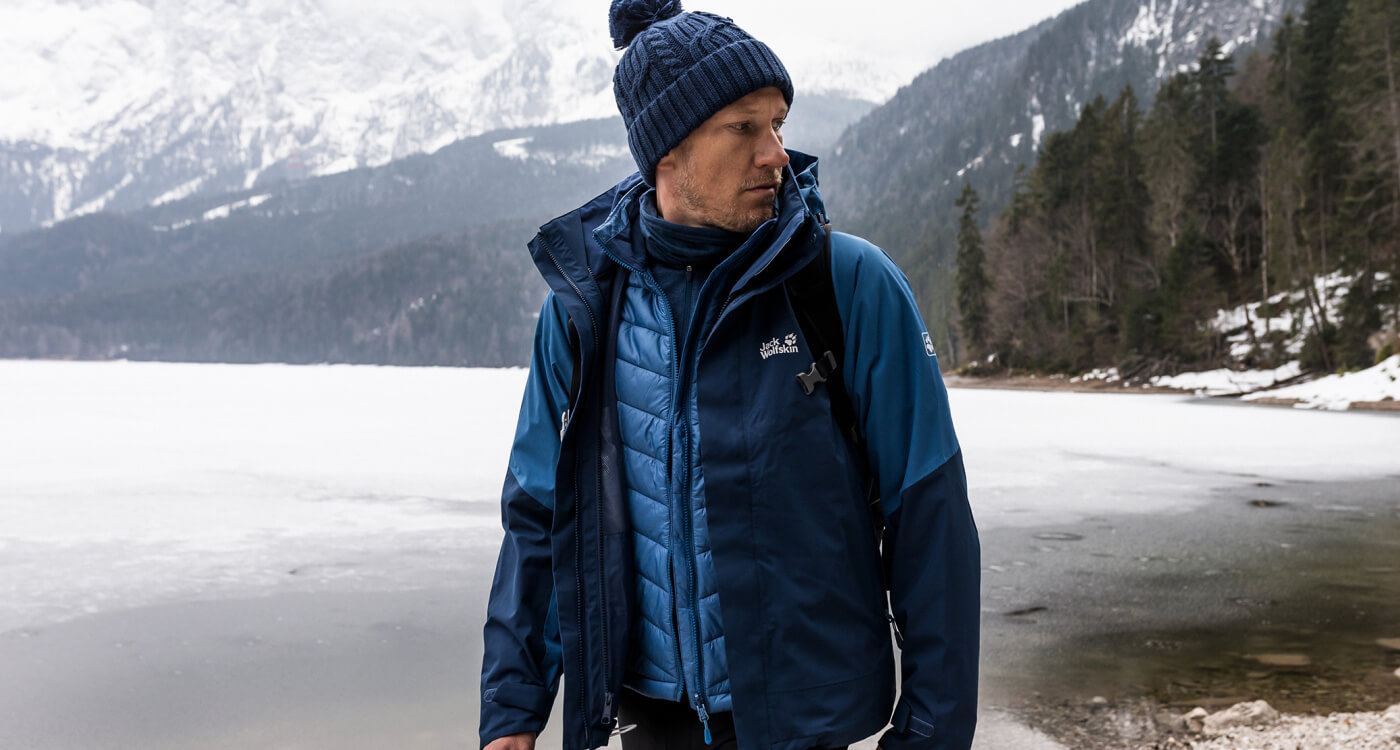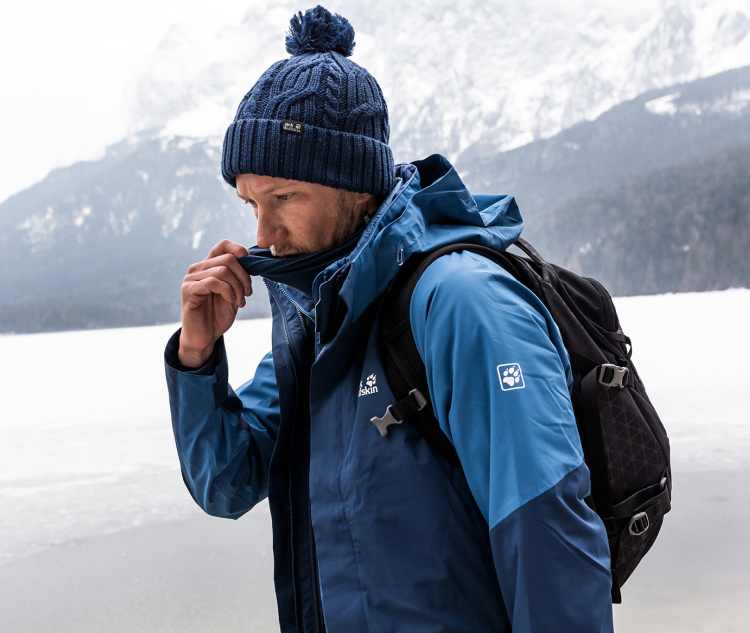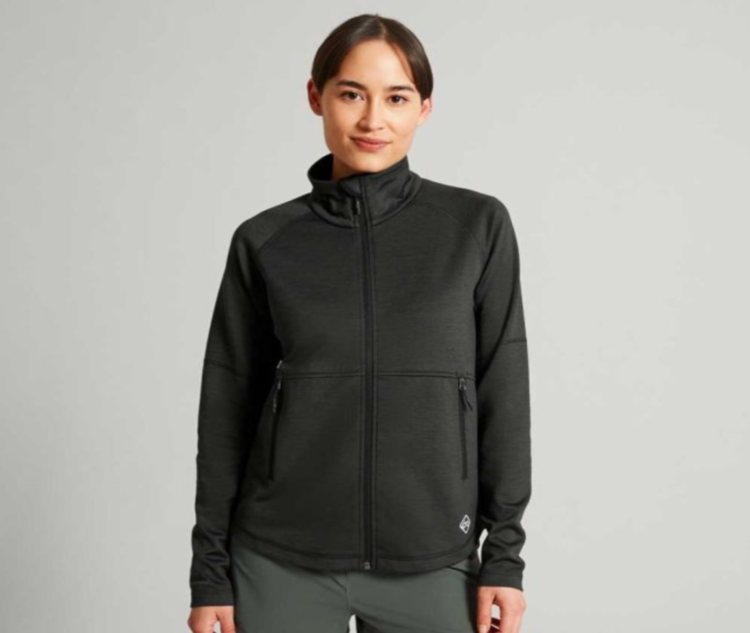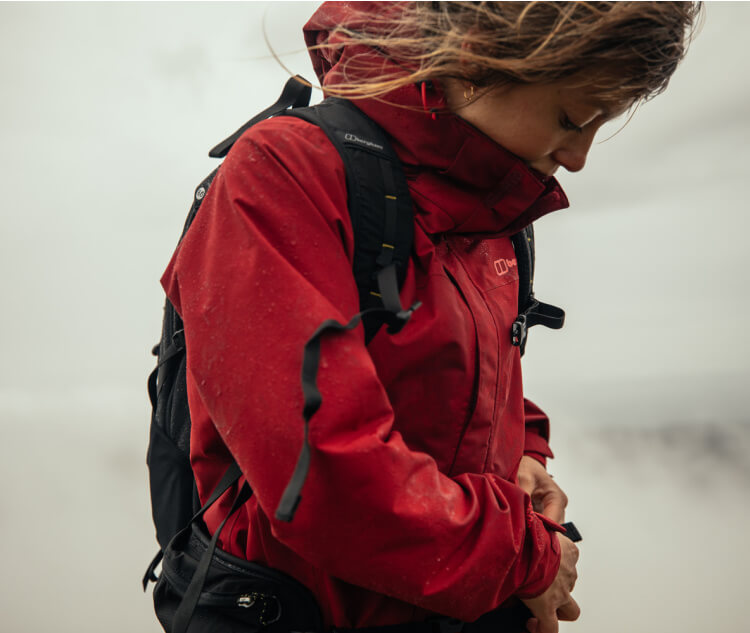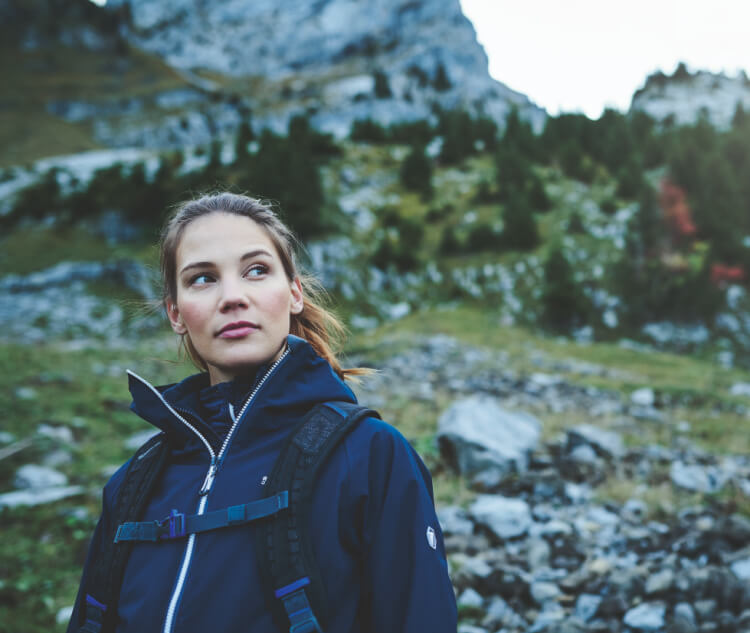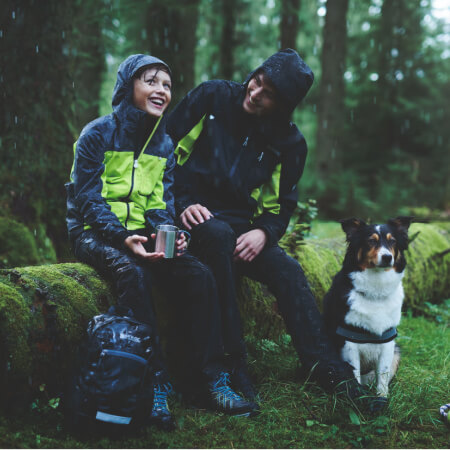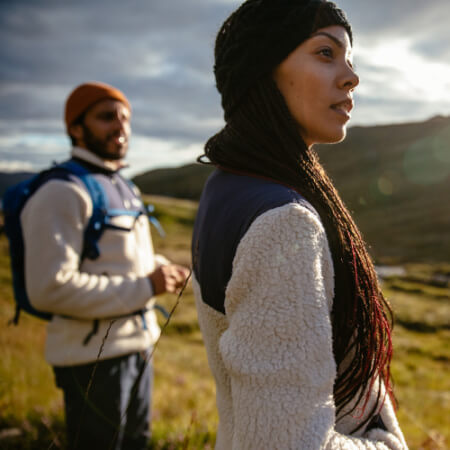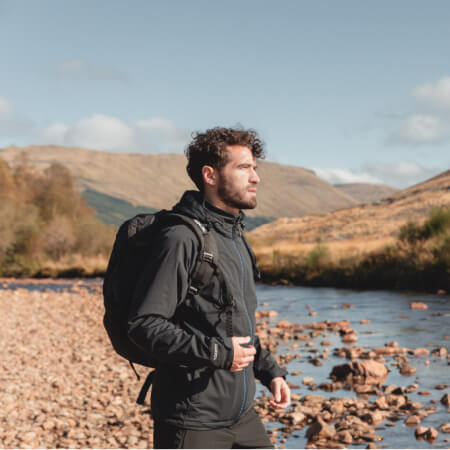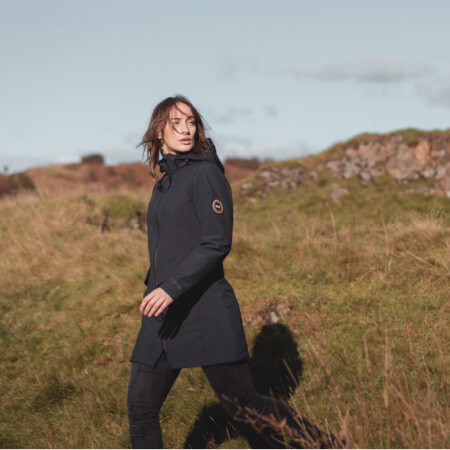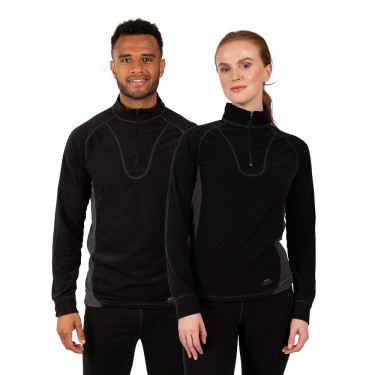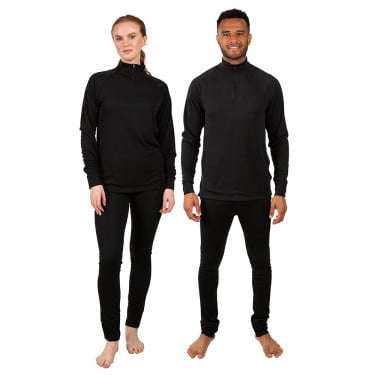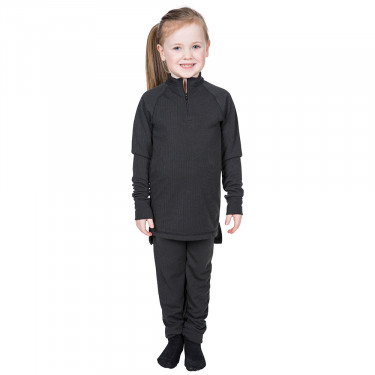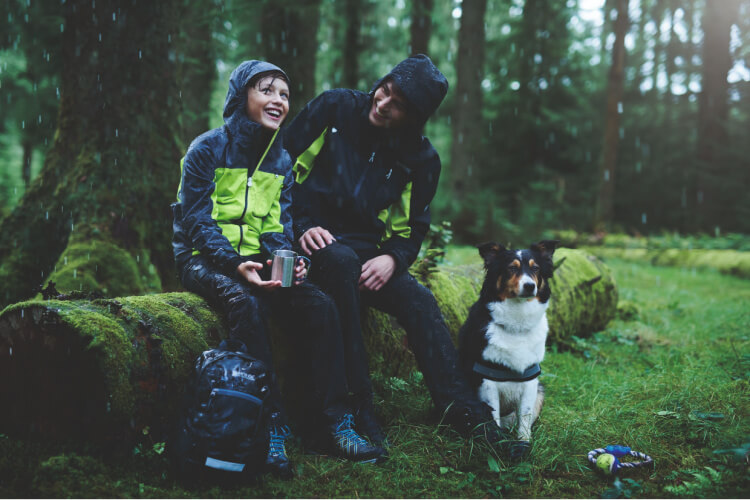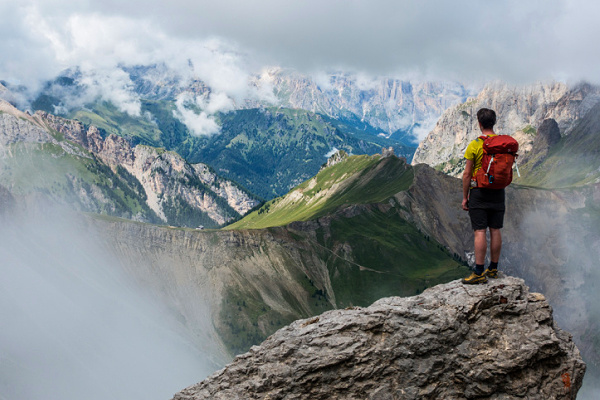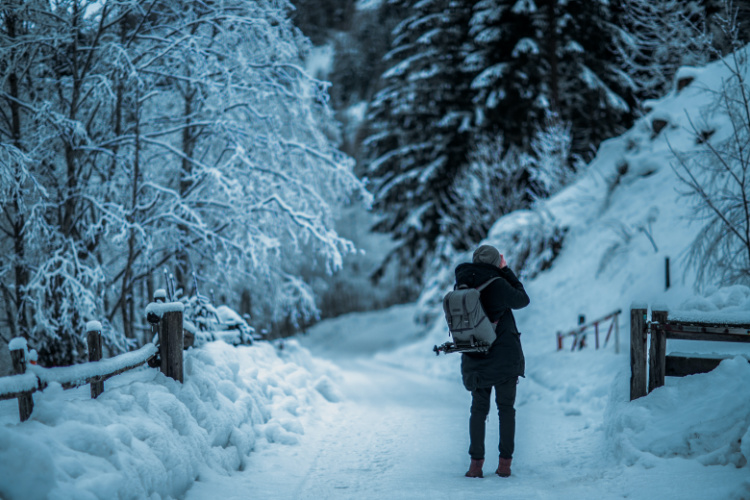However, there’s much more to it than that. And it’s vital to layer clothes properly to ensure you stay at a safe and comfortable temperature.
Not only is layering important for safety, but it’s also essential for enjoying the great outdoors during winter. You don’t want to be cooped up inside for three months, do you? So, Winfields is here to explain the layering system.
Read on to discover how to layer clothing properly ahead of your next outdoor adventure…
What is the layering system?
Simply put, the layering system is how you should layer your clothing successfully. If done correctly, it’ll significantly help to regulate your body temperature throughout testing weather conditions.
Of course, we most commonly think about layering when it comes to staying warm in cold weather, but it also allows us to adapt to warmer weather (should we need to) when hiking, climbing, etc.
Layers are usually categorised into three sections. These sections include base layers, mid-layers and outer layers. However, there can be additional layers depending on what type of activity you enjoy doing.
How layering works
Each layer has a different job to do. But still, the overall goal is to trap air between each layer, which acts as insulation and keeps you warm. This is why it’s better to wear several thin layers than one thick one.
It’s also important that the layers allow moisture to escape away from your body, or you’ll feel damp and cold.
Why is layering important?
This might sound a little daft – we’ve already said that layering is about regulating your body temperature, but it’s essential to understand more about how and why we get cold and how layering actually works.
In short, if we become too cold when exploring the outdoors, we can get into serious trouble, putting ourselves at risk of hypothermia, frostbite, and other conditions. Likewise, if we become too warm, we can become dehydrated or suffer from heatstroke.
Why do we get cold?
We know it’s incredibly important not to let our body temperature drop too much, but how do we actually get cold? There are four main ways:


